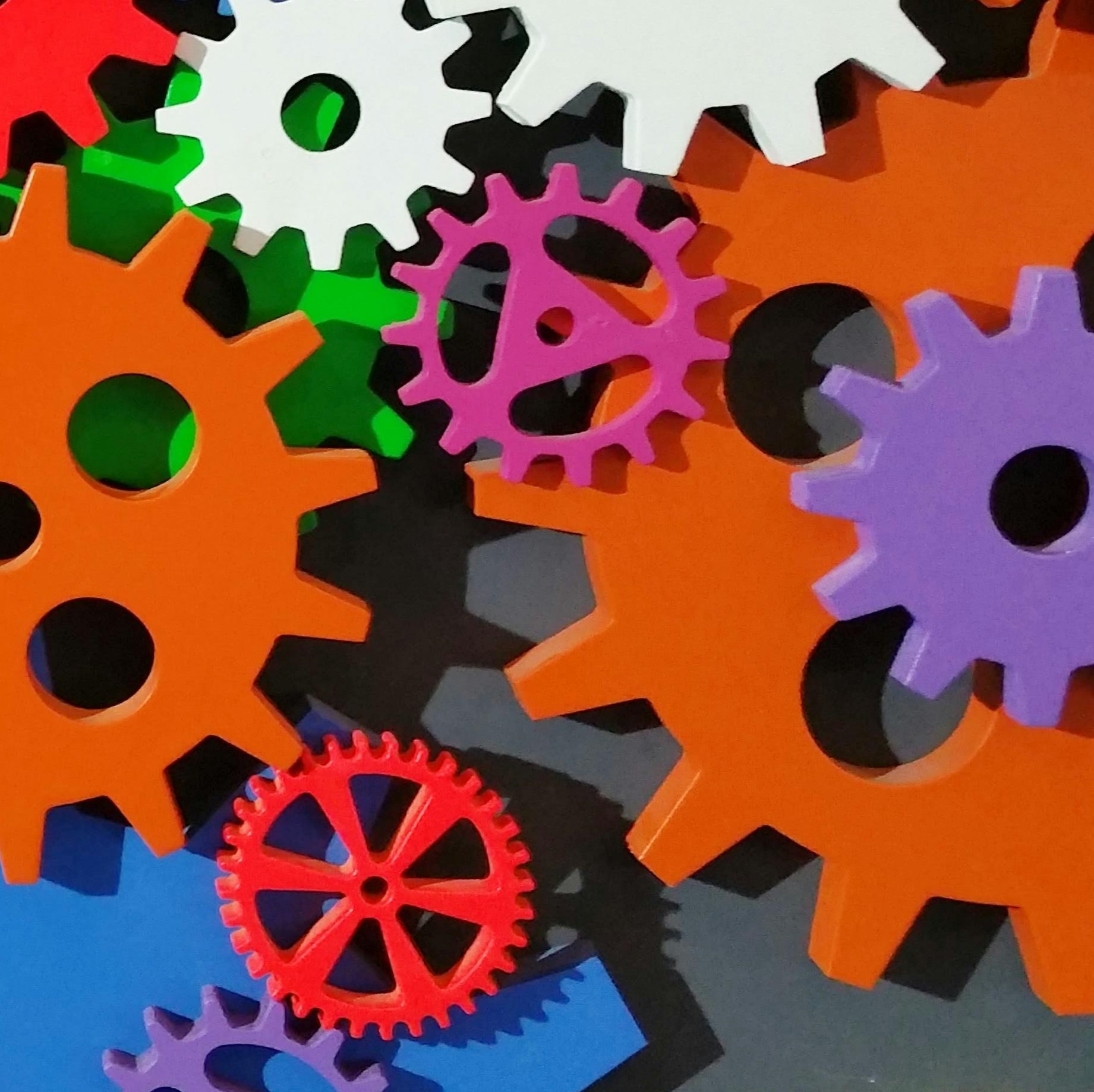What is electrocoating?
Electrocoating is a finishing process used to apply a uniform, durable coating to a variety of surfaces, including 3D printed parts.
It involves immersing the part in a water-based coating solution and using an electric current to deposit the coating particles onto the surface.
E-coating creates a smooth, uniform coating with excellent corrosion resistance and aesthetics.
Electrocoating is particularly beneficial for complex geometries, ensuring every nook and cranny is thoroughly coated.














